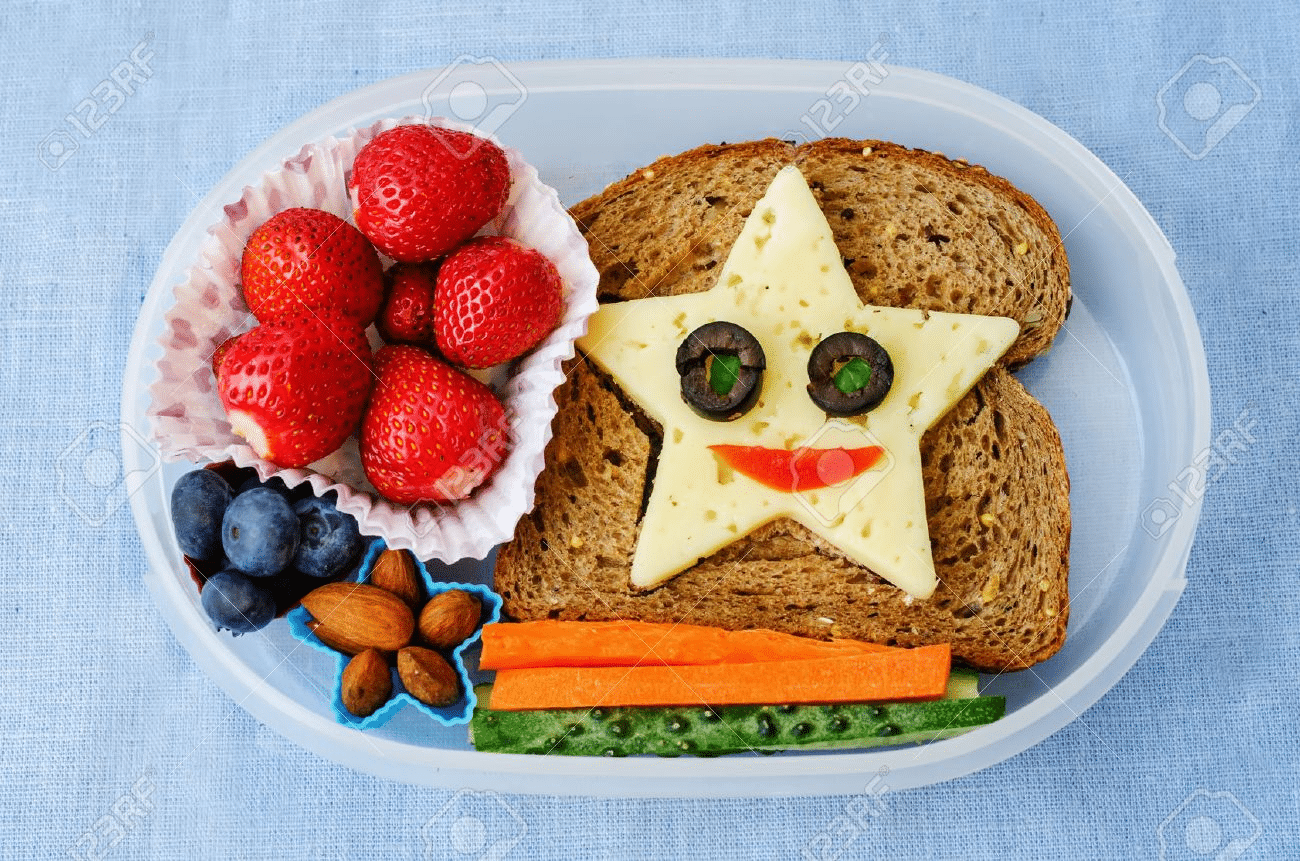
How to handle the formula shortage
Parents need to know what they can do to protect their babies until the formula shortage is corrected.
Parents are finding empty or nearly empty shelves when looking for formula for their babies. Not only is it frustrating and irritating—it's dangerous. There may be a can or two, but it may be a different brand or a different kind of formula entirely.
It all happened because several infants died when they became infected from a deadly strain of bacteria (Cronobacter sakazakii). That bacteria was also found in environmental testing at the plant where the formula was made. As a result, Abbott, the formula manufacturer, agreed to shut down that plant and only reopen it once the FDA finds it suitable to produce formula again. The problem is that Abbott, which makes about 40% of the formula sold in the US, produces a number of their different Similac formulas there. The three other long-standing producers of infant formula (Reckitt, Enfamil; Nestle, Gerber; Perigo, the store brands) and the newest entry (ByHeart) have ramped up production, but still can't keep up with the need, especially with some families buying large quantities to protect their babies.
What parents should and shouldn't do
Lucille Beseler, a well-known pediatric dietitian / nutritionist, and a member of Nutrition4Kids' Medical Advisory Board, point out what do to assure their babies' health.
Do not use the following beverages:
- Cow's milk under 1 year old can cause GI bleeding or kidney problems and dehydration
- Almond milk, oat milk or soy milk – they do not support growth and development of infants and toddlers due to lack of protein and fat. Soy formula is fine for infants. But almond and other nut milks shouldn't be used in children because they have very low protein and other nutrients.
Do not dilute formula to make it last since watering down the formula will decrease the nutrients and not supply baby with enough protein, fat, carbohydrate and vitamins and minerals. This will put the baby at risk for malnutrition
Do not mix formula with other beverages for the same reason.
Do not accept breast milk from a friend or neighbor: Breast milk banks evaluate the milk to make sure it is safe. Breast milk that has not been evaluated can expose your baby to bacteria and viruses including HIV, Hepatitis B. Therefore, these sources shouldn't be used unless they are channeled through a milk bank.
What's OK:
Accept breast milk from a milk bank
Use another brand other than Baby's usual brand: But make sure it is similar. Check with your Pediatrician or a Registered Dietitian especially if baby has an allergy or other problem. Babies with allergies or certain nutritional problems are at particular risk if they use a formula they can't tolerate.
Baby yogurt drinks can be used for those 6 months and older: – THIS IS NOT A COMPLETE REPLACEMENT BUT WILL PROVIDE CALCIUM AND VITAMIN D as well as some protein
If your baby is 6 months and older, concentrate on the infant and table foods they are taking for the nutrition needed as well as calories.
Meals should consist of the follow foods:
- Protein sources: meat, fish, poultry, eggs, beans
- Fat sources: small amounts of fat can be added to food (1/8 teaspoon) for essential fatty acids: corn oil, flaxseed oil,
- Best fat to use for Essential fatty acids and DHA: Baby DHA supplements
- Carbohydrate sources: cereal: baby cereal rich in iron, rice, pasta, bread
- Fruit and Vegetables for various vitamins and minerals
Make sure your baby has 3-4 wet diapers daily and a moist mouth.
If you have any other concerns, please call or see your pediatrician. More information is also available on feeding infants and toddlers on Nutrition4Kids. Lucille Beseler's Nurturing with Nutrition, www.nutritionandfamily.com and in Dr. Cohen's What to Feed Your Baby.




